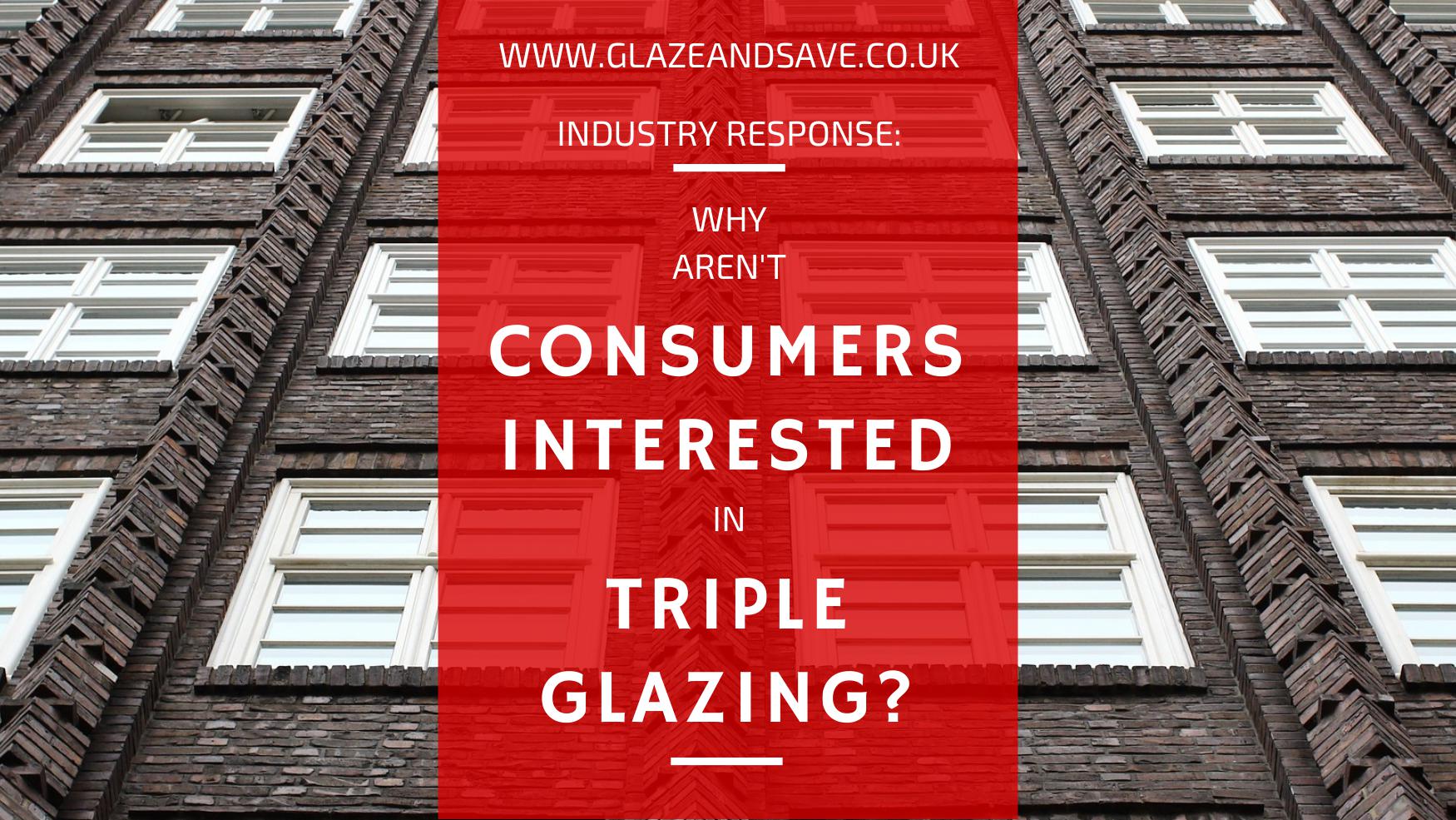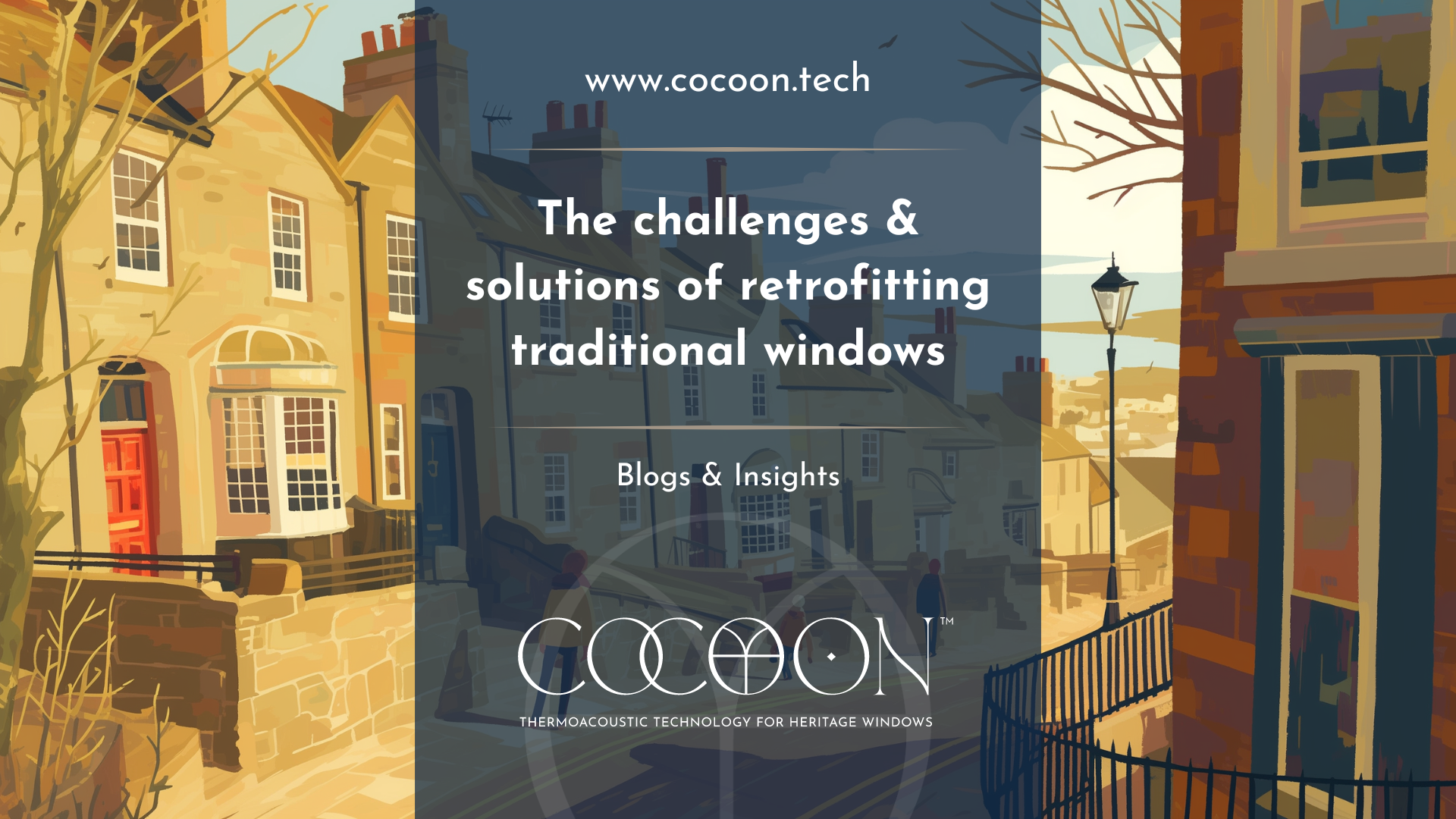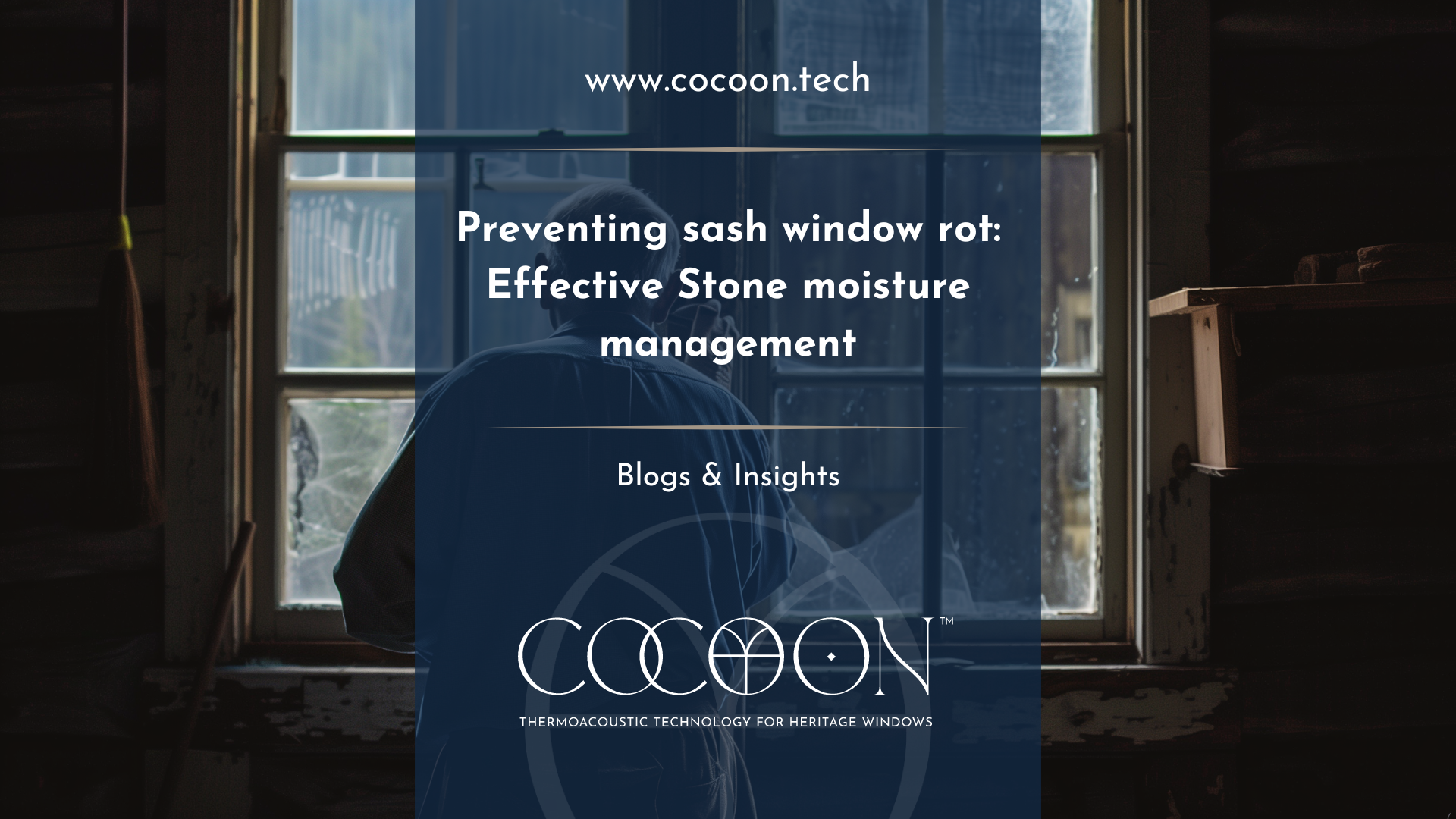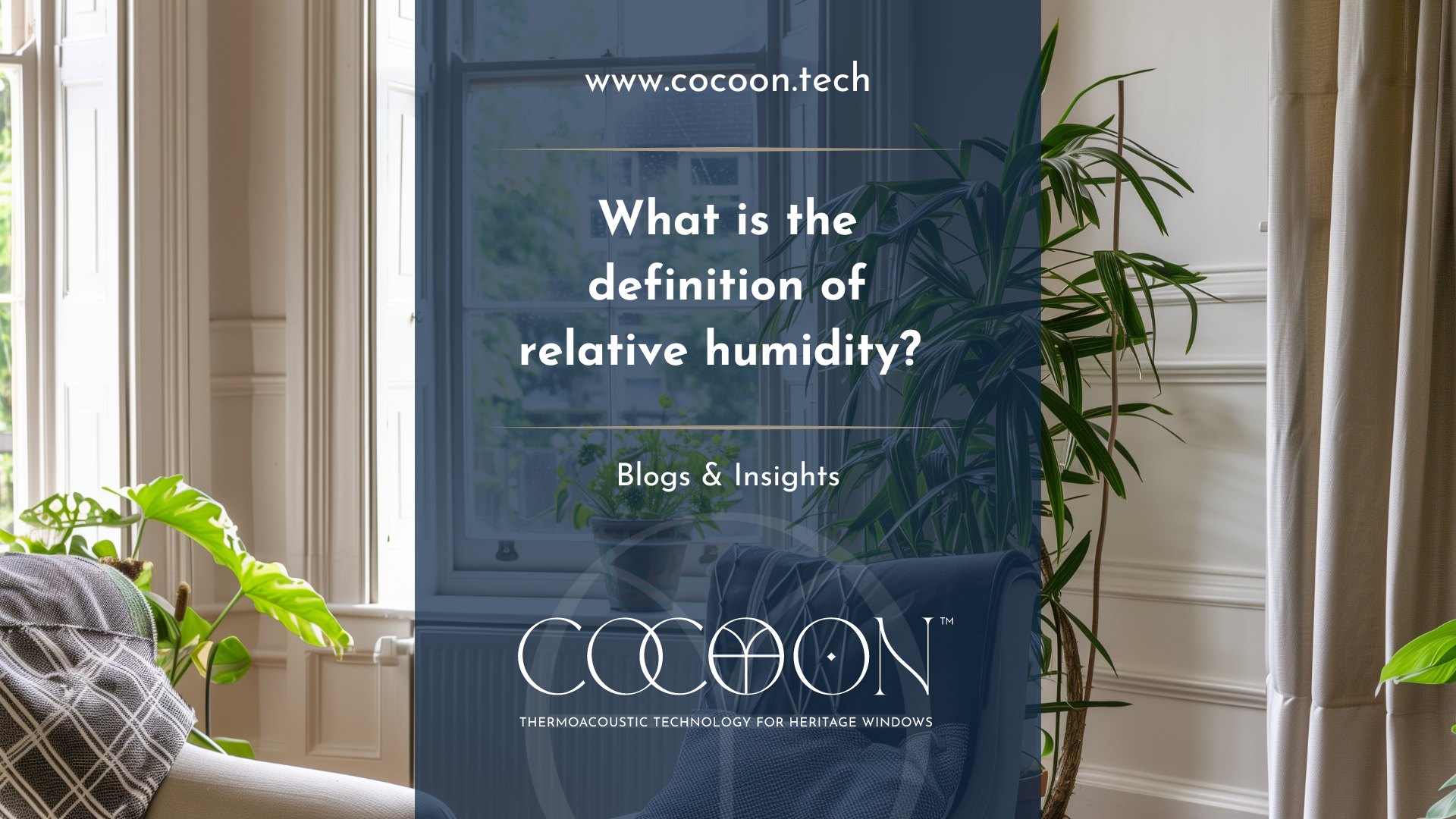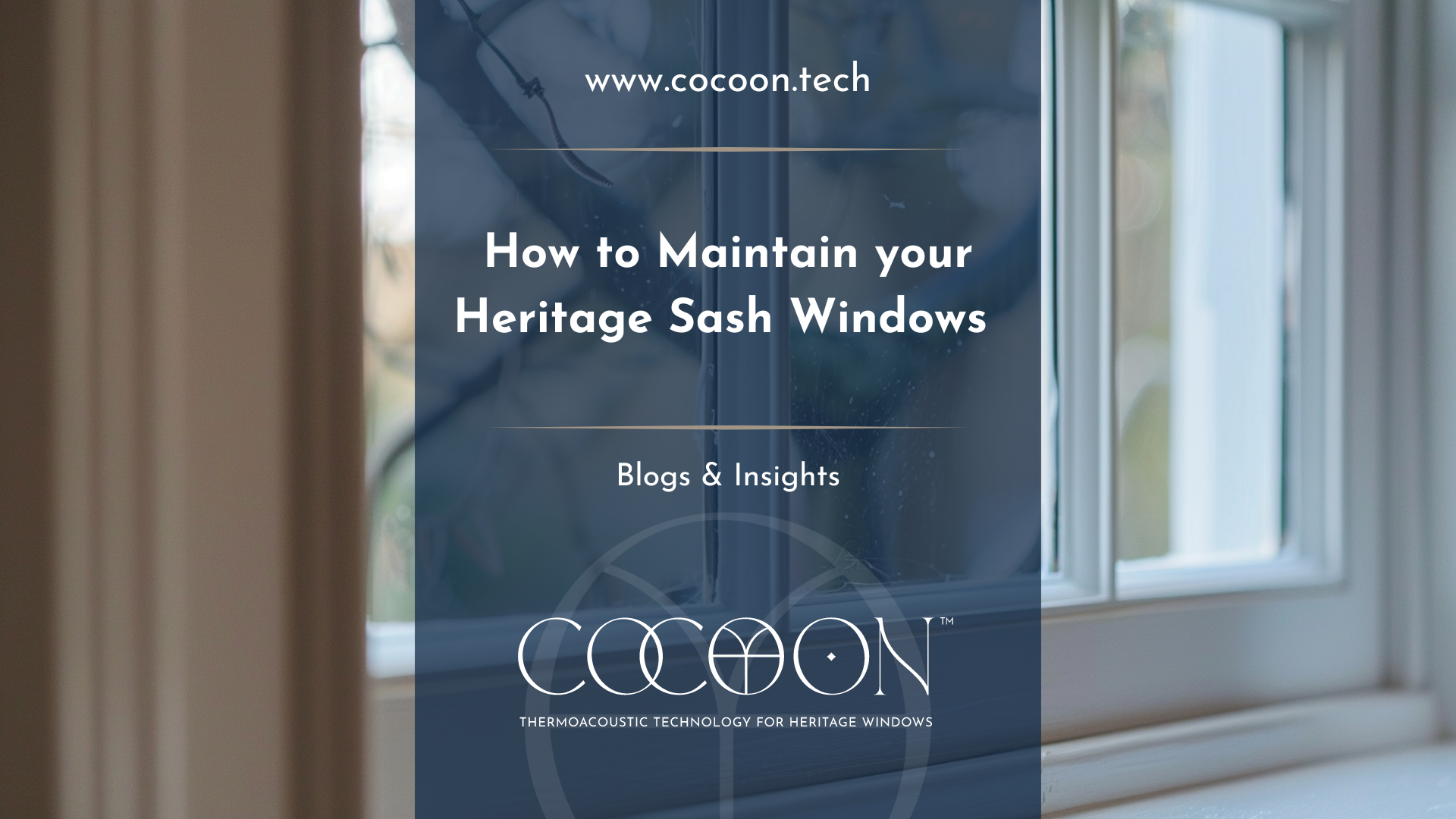Why Aren't Consumers Interested in Triple Glazing? | Glaze & Save
Technology
changes, evolves and improves, and it almost goes without saying that the savvy
consumer looks to keep abreast of the latest in advances in order to increase
thermal comfort, energy efficiency and hopefully even property value. So one
cannot fail to notice that little by little, the glass and glazing industry has
been compelling consumers to trade in their double glazing for triple glazing,
often under the guise of improving energy performance.
And yet, the uptake of triple glazing has been slow to say the least. This is a technology in its adolescence; lauded in developments such as Passivhaus, and the building standard in Scandinavia.
But, as observed by the Double Glazing Blogger:
“Yet, years down the line from that, from what I can see, we are nowhere near triple glazing taking off in any meaningful way. And when I mean triple glazing, I mean the stuff with units that make a tangible difference i.e. TGUs that are 44mm or wider. Anything less and there’s no point.”
Carrying out a simple Google search, the Double Glazing Blogger was able to show that searches for double glazing still outstrip tripe glazing searches at a vast rate:
The results of that search term query are fairly conclusive. Search traffic for “Double Glazing” continues to far outstrip that of it’s triple glazed counterpart. There isn’t even a slight rise in that red line throughout the last 12 months. Most new products in our industry that I have done previous Google Trends searches on have shown at least some slight improvement since their introduction. Aluminium windows, timber doors, composite door, bi-folding doors have all shown good upward growth on Google Trends charts when I have featured them in previous posts. Triple glazing must be the worst performing one by far.
So why aren’t people going for triple glazing?
Consumers are becoming savvier all the time, and with triple glazing costing on average 30-50% more than double glazing , we expect to see results to match the price tag.
The Telegraph’s resident building expert had some scathing words about triple glazing marketing in response to a confused reader’s question on heat loss, saying:
“This firm appears to be using “technobabble” to confuse its customers – that is language which sounds scientific, but is meaningless.
As with most “double glazing” or “triple glazing” adverts, what is actually being sold here is replacement PVC-U windows, so a true comparison would need to include figures for the heat lost by conduction through the frames, compared with through existing timber window frames (if that’s what you currently have). Customers are often surprised to find that PVC-U is a worse insulator than timber.
If you look at glass on its own (without the frames), triple glazing is around 30 per cent better than double glazing. Even quadruple glazing is only 48 per cent better. And don’t forget that the more panes of glass you have, the less daylight will be able to enter your rooms. ” (Emphasis mine)
So triple glazing is around 30% better than double glazing? That must make it worth the money then, right? Erm, not necessarily. As referenced by the Double Glazing Blogger above, the triple glazing units that make the most tangible difference are of 44mm or above. Standard triple glazing units tend to be supplied between 28mm-44mm. As pointed out by Glass On Web:
“A 28mm unit with 1 low-e coating will achieve a centre pane u-value of 1.3, in this configuration, triple glazing would not be more energy efficient than a double glazed unit.”
In fact, Glass on Web states that the minimum standard for triple glazing ought to consist of a minimum overall unit thickness of 36mm (4-12-4-12-4) with 2 Low e coatings, Argon cavity gas and warm edge spaces used to join the glass panes together.
It would seem that, in order to get the best benefits of triple glazing, full window replacement with 44mm thick, Low E coatings and wood units is the only way to guarantee tangible results above modern double glazing, or even secondary glazing products like InvisiTherm. With potentially massive costs and long payback times to look forward to, it’s no wonder that consumers are looking towards alternatives to triple glazing.
So is there a way to get the benefits of triple glazing without buying into expensive and potentially ineffective triple glazing units?
If you have older double glazing and want to experience a lower u-value, greater thermal comfort and a reduction in noise pollution without the hassle, waste or expense of replacing your existing windows with triple glazed units, then InvisiTherm’s bespoke magnet secondary glazing is a great option.
InvisiTherm’s innovative polycarbonate secondary glazingcan be installed on top of existing double glazing to achieve a lower u value and better noise insulation, while eradication condensation and increasing thermal comfort, all without the need to replace your existing windows.

